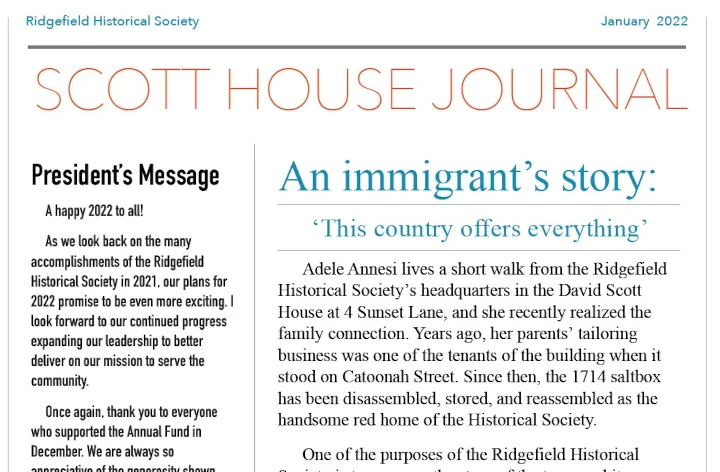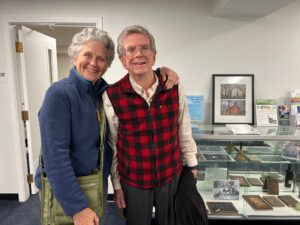An immigrant’s story: ‘This country offers everything’
Adele Annesi lives a short walk from the Ridgefield Historical Society’s headquarters in the David Scott House at 4 Sunset Lane, and she recently realized the family connection. Years ago, her parents’ tailoring business was one of the tenants of the building when it stood on Catoonah Street. Since then, the 1714 saltbox has been disassembled, stored, and reassembled as the handsome red home of the Historical Society.
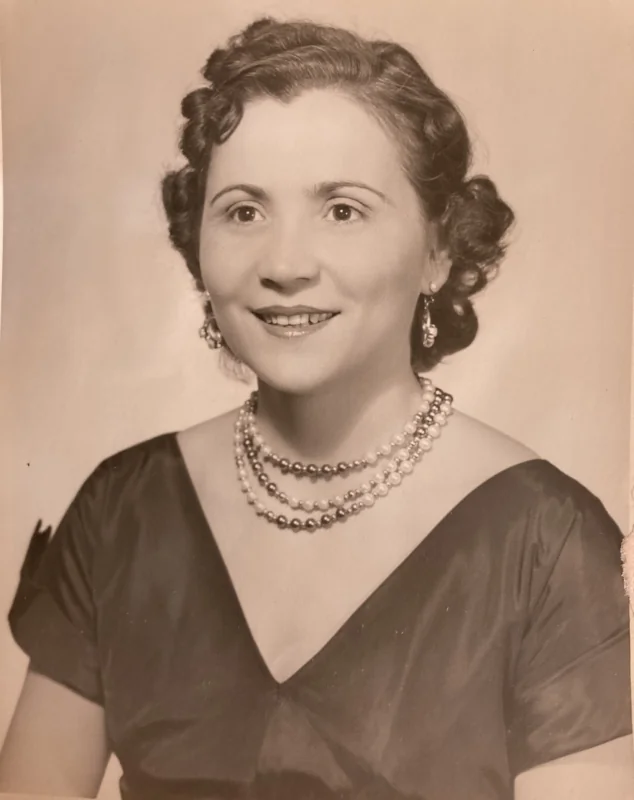 Adele Frattini Annesi as a young woman. (Family photo, courtesy Adele Annesi)
Adele Frattini Annesi as a young woman. (Family photo, courtesy Adele Annesi)One of the purposes of the Ridgefield Historical Society is to preserve the story of the town and its people. Adele Annesi’s mother has a story worth telling and preserving that is in some ways typical of the immigrants who came here to work in the 20th Century. It’s also a singular story of love and family, of hard work and perseverance.
It took an Act of Congress to enable Adele’s mother, Adele Frattini, who had come to Ridgefield to help her ailing father, to remain in the United States after her visa expired. It took the efforts of her relatives and their connections to get that Act approved and signed, but in mid-20th Century Ridgefield the will to help and the links were there.
As the 20th Century began, Ridgefield was growing, and it became a place of opportunity for immigrants with building skills. One of the early arrivals was Girolamo Frattini, great grandfather of Adele Annesi, a brick layer and stone mason from Castelvecchio, Italy. As was often the case then, his family remained at home in central Italy, and he sent money back to them, visiting when he could. In the early 1920s, Girolamo’s son Ferrante, also a stone mason, came to join his father in Ridgefield; much of their work was on High Ridge, where many of the wealthy “summer people” from New York City were building homes and creating gardens. Like his father, Ferrante intended to stay and earn money for a few years, then return home.
Ferrante Frattini, known to many as “Frank,” was a veteran of the 1911 Italian invasion of Libya and suffered from what is now known as PTSD, after serving with the Italian army at Tobruk and Tripoli and later in World War I. At first, Ferrante did well in Ridgefield, sending remittances home to his wife, Antonia, and their two children.
He also was saving money here and investing much of it in the stock market. According to his granddaughter, when the stock market crashed and he lost all that he’d invested and the Depression made work scarce, he was devastated and simply stopped communicating with the family in Italy.
Then came World War II. The family remained separated; Ferrante’s children grew to adulthood. He was able to support himself and get back to a better financial status, but he missed his family and longed to see them. His mental health was precarious, the family learned, and his letter in 1946 told them, “Anche se ’e solo per un giorno, voglio vedere uno della mia famiglia.” (His granddaughter’s translation: “Even if only for one day, I want to see someone from my family.”)
Finally, in 1949, came the reunion: Adele Frattini, whom Ferrante had last seen as a three-yearold, arrived in New York. She was 28.
The newly arrived daughter recognized her father only from photographs, and their reunion in Ridgefield was a time of adjustment. Adele’s father “had difficulty accepting her as an adult and not the child he had left behind,” explained granddaughter Adele Annesi. Ferrante and his daughter lived in an apartment on lower Bailey Avenue.
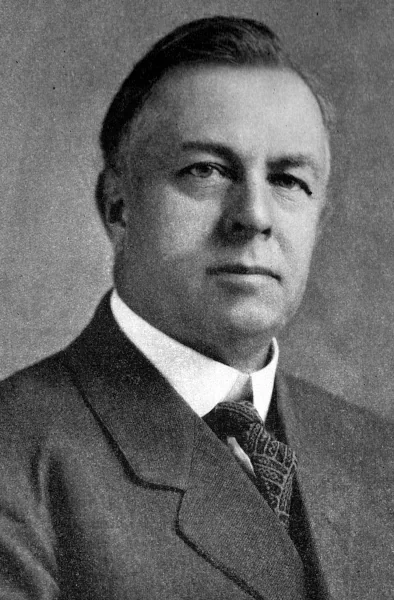
Ferrante’s struggle with depression continued, and he was hospitalized in November 1949. Determined to stay to help him as he recovered, Adele Frattini sought to extend the visa that allowed her to stay in the United States. In May 1950, Adele’s cousin Nancy Servadio, very close to Adele in age, helped obtain a second visa extension. Ms. Servadio was already the administrative assistant to the First Selectman and so knew her way around governmental agencies. Working with lawyers from Slavitt & Connery of South Norwalk, Ms. Servadio enlisted the help of Ridgefield Postmaster George Rockwell and U.S. Senator Brien McMahon of Norwalk and was able to get a six-month delay. (Nancy Servadio, whose mother also was a Frattini, worked for Ridgefield’s first selectmen through seven administrations, retiring in 1991.)
But by the spring of 1951, it was clear that Ferrante still needed his daughter’s support. Although he could sponsor her for a green card (allowing legal residency), she had overstayed her visa and was required to leave the country and then apply to come back.
This Adele was unwilling to do.
Sen. McMahon worked with immigration officials and found the only way to help Adele Frattini stay to take care of her father was through a special bill that he would have to shepherd through Congress. Meanwhile, the Immigration Service had found Ms. Frattini in violation of the 1924 Immigration Act. A warrant was issued for her deportation, just as Sen. McMahon’s special bill was stalled in the Senate. He finally managed to see it through passage in the Senate and in the House, and on July 15, 1952, President Harry S. Truman signed Private Law 883, which stated that Adele Frattini “shall be held and considered to have been lawfully admitted to the United States for permanent residence.”
Ten days later, Sen. McMahon died. He had been considered a contender for the Democratic presidential nomination before his untimely death at 48 from lung cancer.
With her immigration status legalized, Ms. Frattini was able to care for her father until he was well enough to return home to his larger family in Castelvecchio. Both Ferrante and his father, Girolamo, ended up in their native Italy, while Adele, never forgetting her roots, made her home in the United States. A skilled seamstress, she worked at a shirt factory in Danbury for a while, before she met John Annesi, who had a tailor shop on Main Street in Ridgefield. They were married on Dec. 4, 1955, and worked together in several locations in Ridgefield and also in Wilton, Long Island, and Florida. In 1974, they were preparing to move back to Italy with their daughter, Adele, when a combination of factors brought them full circle, back to Ridgefield.
Annesi Tailors was re-established, and when John died in 1977, his wife continued the business, in the Scott House on Catoonah Street, with the help of her assistant Antonietta Morelli. Mrs. Annesi sold the business in 1991; she died in 2020. In an interview with her mother, which was published in Pyramid magazine in 1999, the younger Adele Annesi quoted her, “This country offers everything, then and now. If you don’t want to go to school, go to work. There’s always something to do if you want to, and never give up.”
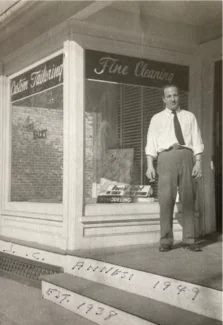
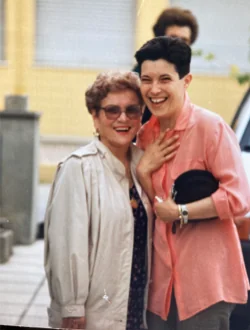
Battle of Ridgefield Study: Next steps are town discussions
Heritage Consultants LLC has spent the past year studying the Battle of Ridgefield under a National Park Service American Battlefield Protection Program grant obtained by the Ridgefield Historical Society and is now preparing a final report based on that research.
The goal of the project has been to put in context the events of late April 1777, establish the boundaries of the battle area and document the combatants.
With the assistance of Ridgefield Historical Society volunteers and using the Society’s archives and many other sources, the researchers have come to some new conclusions about the Battle that can lead to further investigations into the scope and duration of the fighting and into how topography affected outcomes.
When General William Tryon and his troops marched through Ridgefield in 1777, there were probably not three discrete engagements as has been commonly thought, but more of a running battle. Consequently, what’s considered the battlefield area has expanded to include all of the British line of march from Danbury through Ridgefield.
Heritage Consultants is finding documentary evidence to support the theory of continuing attacks by Americans along the British route of march; it is hoped that subsequent archaeological studies will show evidence of this skirmishing. The Historical Society has created a short fact sheet about the Battle of Ridgefield Study as well as a landowner permission form for future archaeological research.
As part of the NPS ABPP grant, the Ridgefield Historical Society will host two planning meetings in May for Ridgefielders to discuss documenting and preserving evidence of the Battle, which was the only inland incursion in Connecticut by the British during the Revolutionary War. The planning meetings, or charrettes, will also consider how Ridgefield can more fully incorporate the Battle into its cultural identity.
All of the materials studied by Heritage Consultants are being used to create the most detailed historical narrative of the Battle of Ridgefield possible. The final report will be submitted later this year; interim reports have been posted on the Ridgefield Historical Society website.
President’s Message
A happy 2022 to all!
As we look back on the many accomplishments of the Ridgefield
Historical Society in 2021, our plans for 2022 promise to be even more exciting. I look forward to our continued progress expanding our leadership to better deliver on our mission to serve the community.
Once again, thank you to everyone who supported the Annual Fund in December. We are always so appreciative of the generosity shown each year. Many thanks as well to our talented team who produced “20 Things You Might Not Know About the Ridgefield Historical Society” (on our website). I hope you learned a little something new
about what we do!
As the Ridgefield Historical Society moves forward in the new year, we have important team changes to announce. We were sorry to say farewell to our Development and Marketing Director, Kathryn Tufano, who has relocated to Vermont to be closer to her family and
serve in a new post with the VT Humanities. As many of you well know, Kathryn has been a changing force at the Ridgefield Historical Society. Her effective grant writing, programming and community collaboration, have fueled our recent growth. We are extremely grateful to Kathryn and wish her the best of luck in her new endeavors.
Meanwhile, please join me in welcoming Nancy Rowe as our first ever Executive Director, an important milestone in our growth. The timing could not be more appropriate as we continue to celebrate our 20th year anniversary and continue building momentum to execute our ambitious long term plans.
A long time Ridgefield resident with 30 years of leadership experience in marketing, communications and program management in for-profit and not-for-profit channels, Nancy is uniquely qualified to lead us into the future. I encourage you to meet Nancy through our scheduled programming, or just by stopping by the Scott House to say hi. As always, please stay tuned for upcoming events through our website and eblasts. My very best to you and your families in this new year.
TRACY SEEM,
President, Ridgefield Historical Society

